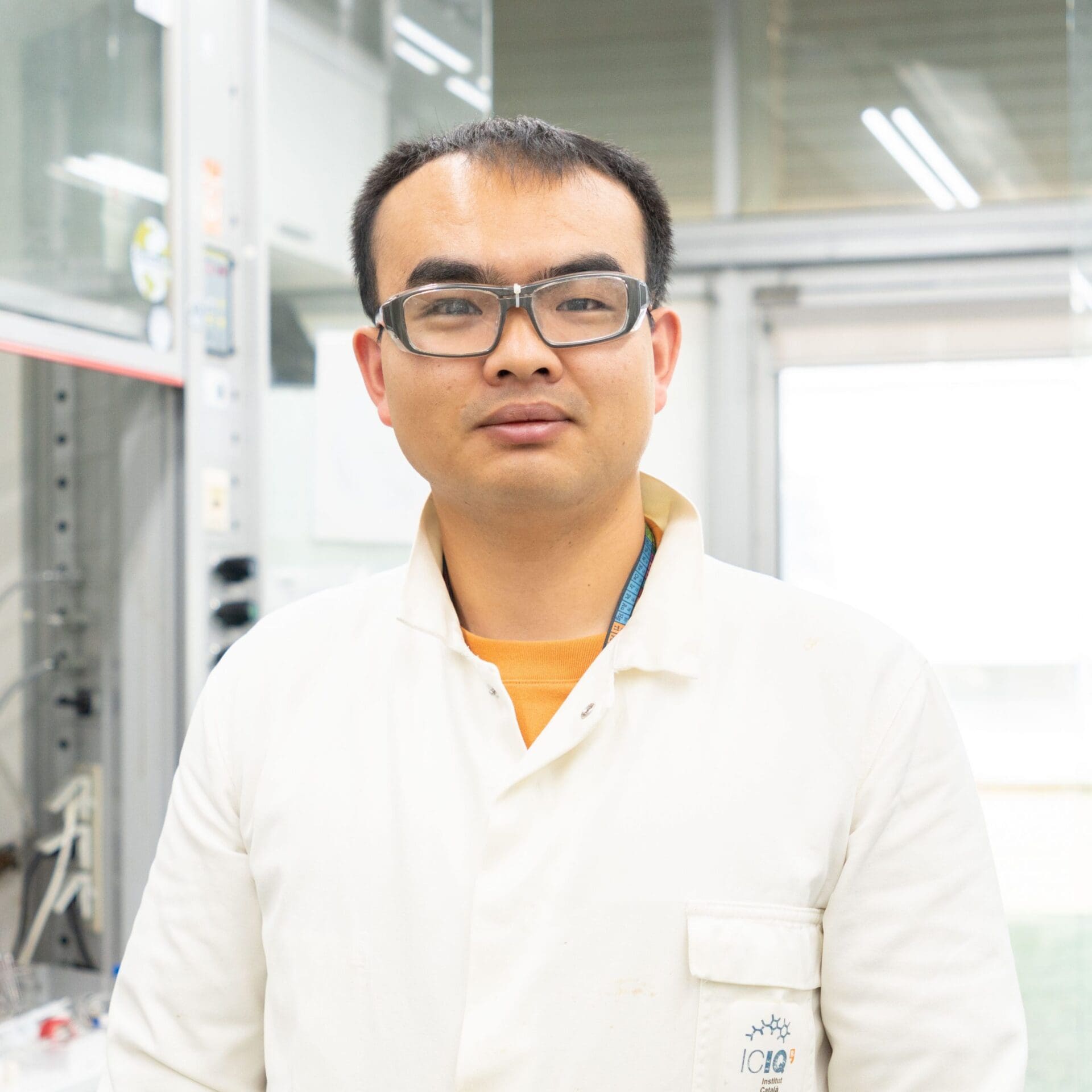
 20/02/2025
20/02/2025
 11:00 h
11:00 h
 ICIQ Auditorium Prof. Dr. Kilian Muñiz
ICIQ Auditorium Prof. Dr. Kilian Muñiz
- Lecturer: Yifan Li
- Supervisor: Prof. Pablo Ballester
Receptors Based On Aryl-Extended Calix[4]pyrrole Scaffolds
This thesis explores the design, synthesis, and functional properties of receptors based on aryl-extended calix[4]pyrrole motifs. The study focuses on their roles in anion and neutral guest recognition, stabilization of high-energy conformations, and mediation of reactions within confined spaces.
A neutral [2]rotaxane receptor was synthesized, featuring a macrocyclic component with two chemically non-equivalent binding sites. Depending on the solvent, this receptor forms either 1:1:1 ion-paired complexes or 1:1 anionic complexes with tetraalkylammonium salts of chloride, nitrate, and cyanate anions.
We also self-assembled a series of [4+2] and [1+1] octa- and tetra-imine cages using catalytic amounts of Brønsted acid in a 9:1 chloroform:acetonitrile solvent mixture. We studied the binding properties of the [4+2] octa-imine cage with a series of diformamide guests and a series of p-substituted pyridine N-oxide and N-substituted 4-pyridone guests, including azido and ethynyl substituents. Finally, we studied the [4+2] octa-imine cage and the [1+1] tetra-imine cage as reaction vessels for the 1,3-cycloaddition reaction.
Overall, this work highlight the potential of supramolecular systems for advancing guest recognition and catalysis, providing insights into the interplay between molecular design, binding properties, and reactivity within confined spaces.
If you would like to follow the PhD thesis defense online, please, register here
Other events

Let's create a brighter future
Join our team to work with renowned researchers, tackle groundbreaking
projects and contribute to meaningful scientific advancements




















